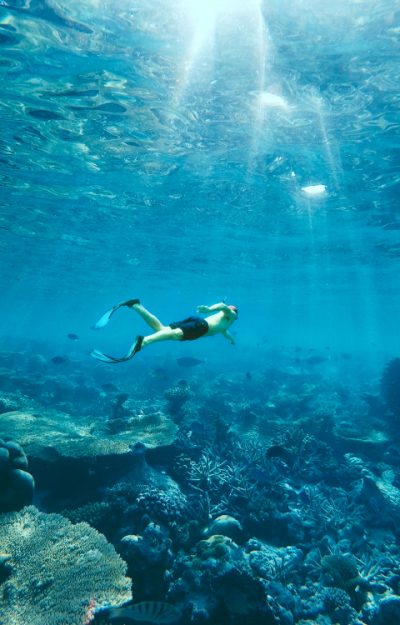While Iran’s ski resorts offer stunning slopes and warm hospitality, cultural differences do exist. Here are some social norms and etiquette considerations to keep in mind for a smooth and respectful experience:
Dress Code:
- Modesty: Both men and women prioritize modest clothing. For women, this means covering your arms and legs.Pants or long skirts are recommended, and headscarves are required in some resorts, especially those outside major cities. Avoid revealing clothing and swimwear in public areas.
- Ski Attire: On the slopes, standard ski attire is perfectly acceptable. However, remember the modesty norms when choosing your gear. Opt for long-sleeved tops and full-length pants.
Social Interactions:
- Greetings: A friendly “Salam” (hello) with a nod or slight bow is the customary greeting. Handshakes are common between men and men, or women and women. However, avoid initiating physical contact with the opposite sex unless explicitly invited.
- Personal Space: Iranians generally maintain a closer personal space than Westerners. Be mindful of this and avoid standing too close, especially during conversations.
Religious Customs:
- Prayer: Muslims pray five times a day. You might hear the call to prayer (Adhan) during your stay. Be respectful and avoid loud noises or disruptive behavior during prayer times.
- Ramadan: If your trip coincides with Ramadan, the holy month of fasting for Muslims, restaurants might have limited operating hours during the day. Be prepared for adjustments and pack some snacks if needed.
General Etiquette:
- Shoes: Remove your shoes when entering homes, mosques, and some restaurants. Look for designated shoe racks or follow the locals’ cues.
- Photography: While taking photos is generally okay, avoid photographing people without their permission,especially women. Be respectful of religious sites and ask before taking pictures.
- Bargaining: Haggling is common in bazaars and local shops, but not at restaurants or resorts.
- Tipping: Tipping is not as customary in Iran as in some Western countries. However, small tips for exceptional service are appreciated.
Additional Tips:
- Learn a few basic Farsi phrases. Even simple greetings and thank yous go a long way in showing respect and appreciation.
- Be patient and understanding. Things might not always move as quickly as you’re used to. Embrace the laid-back Iranian approach and enjoy the slower pace.
- Dress to blend in. While you don’t need to cover your head everywhere, opting for more conservative clothing will help you feel more comfortable and avoid unwanted attention.
By following these guidelines and showing respect for local customs, you can ensure a pleasant and enriching experience at Iran’s ski resorts. Remember, the Iranian people are known for their hospitality, so don’t hesitate to ask for help or guidance if needed. Enjoy your adventure!
Bonus:
- Familiarize yourself with Iranian hand gestures. Some gestures might have different meanings than in your culture, so a little research can avoid misunderstandings.
- Download a Farsi translation app to help you communicate with locals and navigate signs.



















